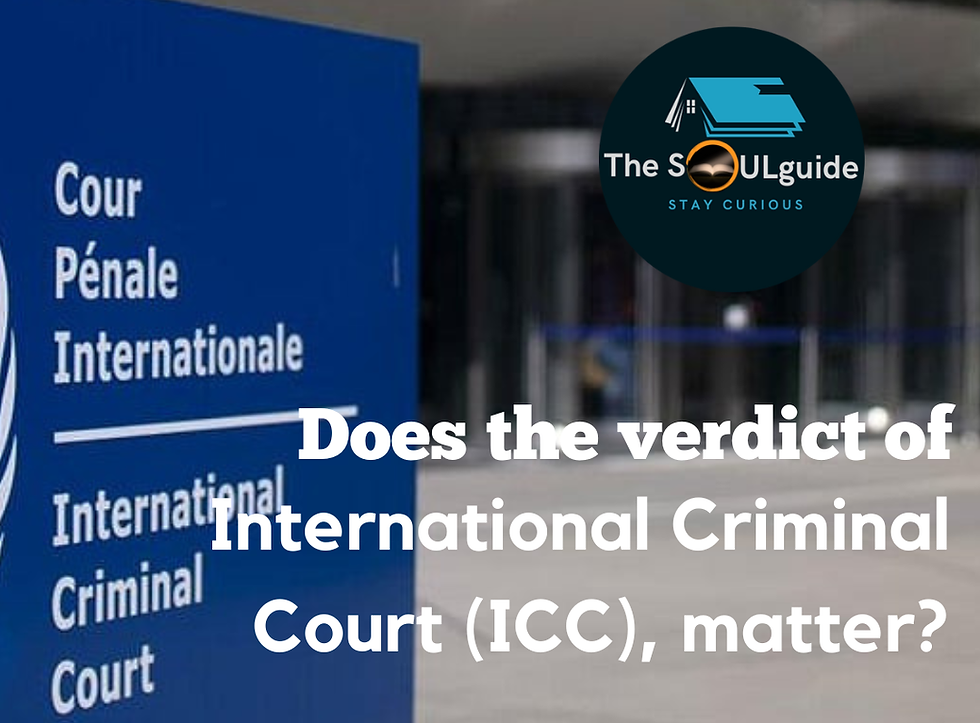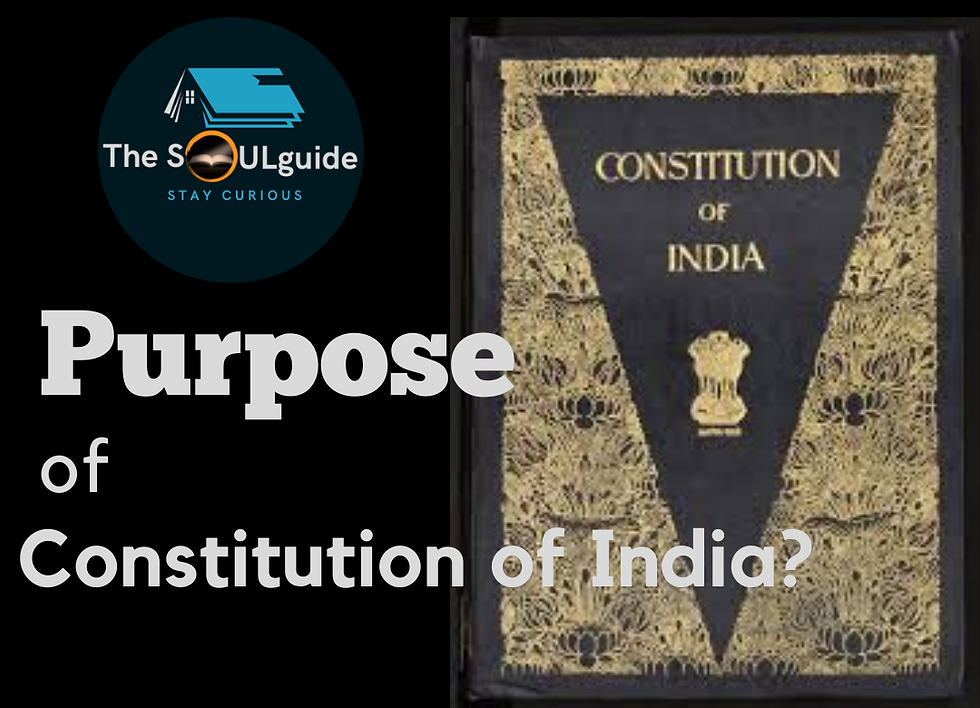Lakshadweep, a group of 36 islands of India. Know about its History, importance and culture.
- TheSoulGuide

- Jan 6, 2024
- 5 min read
Lakshadweep has been the talk of town, since the visit of PM Narendra Modi to the UT. This island got lot of tourist potential and it will surely become a big tourist destination in the coming days. The natural landscapes, the sandy beaches, abundance of flora and fauna and the absence of a rushed lifestyle enhance the mystique of Lakshadweep.

Image via: Govt of Lakshadweep.
What is Lakshadweep and where it is located?
Lakshadweep, is the group of 36 islands. The name Lakshadweep in Malayalam and Sanskrit means ‘a hundred thousand islands’.
It is India’s one of smallest Union Territory, it is an archipelago consisting of 36 islands with an area of 32 sq km. It is a uni-district Union Territory and comprises of 12 atolls, three reefs, five submerged banks and ten inhabited islands.
The islands have a total area of 32 sq km. The capital is Kavaratti and it is also the principal town of the UT. All Islands are 220 to 440 km away from the coastal city of Kochi in Kerala, in the emerald Arabian Sea.
History of Lakshadeep islands
Early history of Lakshadweep is unwritten. What now passes for history is based on various legends. Local traditions attribute the first settlement on these islands to the period of Cheraman Perumal, the last king of Kerala. It is believed that after his conversion to Islam, at the behest of some Arab merchants, he slipped out of his capital Cranganore, the present day Kodungallor – an old harbour town Kochi, for Mecca. When his disappearance was discovered, search parties went after him in sailing boats and left for the shores of Mecca, in search of the king from different places. It is believed that one of these sailing boats of Raja of Cannanore was struck by a fierce storm and they were shipwrecked on the island now known as Bangaram. From there they went to the nearby island of Agatti. Finally the weather improved and they returned to the mainland sighting other islands on their way. It is said that after their return another party of sailors and soldiers discovered the island of Amini and started living there. It is believed that the people sent there were Hindus. Even now unmistakable Hindu Social stratification exists in these islands despite Islam. Legends say that small settlements started in the Islands of Amini, Kavaratti, Andrott and Kalpeni first and later people from these islands moved to the other islands of Agatti, Kiltan, Chetlat and Kadmat. This legend of Cheraman Perumal is not, however, substantiated.
The mythical storiy for Advent of Islam to the islands.
The advent of Islam dates back to the 7th century around the year 41 Hijra. It is universally believed that one St.Ubaidullah(r) while praying at Mecca fell asleep. He dreamt that Prophet Mohammed(s) wanted him to go to Jeddah and take a ship from there to go to distant places. Thus, he left Jeddah but after sailing for months, a storm wrecked his ship near these small Islands. Floating on a plank he was swept ashore on the island of Amini. He fell asleep there but again dreamt of the Prophet asking him to propagate Islam in that Island. Ubaidullah started doing so. But this enraged the headman of the island and he ordered his exit at once. St. Ubaidullah(r) stood firm. Meanwhile,a young woman fell in love with him. He gave her the name Hameedat Beebi and married her. This further offended the headman and he decided to kill him. It is said that the headman and his henchmen surrounded Ubaidullah(r) and his wife to kill them. At once St.Ubaidullah(r) called up on the Almighty and the people were struck blind. At this time St.Ubaidullah(r) and his wife disappeared and as soon as they left the island people regained their eye sight.From Amini St.Ubaidullah(r) arrived at Andrott where he met with similar opposition but he succeeded finally in converting the people to Islam. He next went to other islands and successfully propagated Islam and returned to Andrott where he died, and was buried. The grave of St.Ubaidullah(r) is today a sacred place. Preachers from Androttare respected deeply in far off lands like Sri Lanka, Malaysia, Burma etc. It is a marabout or Mukbara.
Arrival of Portuguese.
The Arrival of the Portuguese in India again made Laccadives an important place for seafarers. It was also the beginning of years of plunder for the islands. The finely spun coir was much sought after for ships. So the Portuguese started looting island vessels. They forcibly landed at Amini to procure coir sometime in the early 16th century, but it is said that the people killed all the invaders by poisoning, ending the Portuguese invasion.
Even after the conversion of the entire islands to Islam, sovereignty remained in the hands of the Hindu Rajah of Chirakkal for some years. From the hands of the Chirakkal Raja, the Administration of the island passed on to the Muslim house of Arakkal of Cannanore around the middle of the 16th century. The Arakkal rule was oppressive and unbearable. So sometime in the year 1783 some islanders from Amini took courage and went to Tipu Sultan at Mangalore and requested him to take over the Administration of Amini group of islands. Tipu Sultan at that time was on friendly terms with Beebi of Arakkel and after deliberations, the islands of Amini group were handed over to him. Thus the islands suzerainty came to be divided as five came under the rule of Tipu Sultan and the rest continued under Arakkal house.
The British rule at the islands.
After the battle of Seringapattom in 1799 the islands were annexed to the British East India Company and were administered from Mangalore. In 1847, a severe cyclone hit the island of Andrott and Raja of Chirakkal decided to visit the island in order to assess the damages and for distributing relief. An officer of the East India Company Sir William Robinson volunteered to accompany him. On reaching Andrott, the Rajah found it difficult to meet all the demands of the people. Sir William then offered the Rajah help in the form of a loan. This was accepted. This arrangement continued for about four years but when the interest started mounting, the English asked the Rajah to repay them which he could not. In 1854 all the remaining islands were handed over to the East India Company for Administration. so, came the British rule.
The sequestration of the islands is a clear example of the political manipulations and methods adopted by the British for establishing their supremacy in India. Its traditional system of administration was treated by the English as something of misgovernment. But they were more interested in their own political and economic interests than the good government of the islands. Their policy was to exploit the profits from the islands through the Beebi without taking responsibility of its administration. the British later brought the Lakshadweep Regulation 1912,which confers limited power of judicial and magisterial status to Amins/Karanis of the islands. A reasonable restriction of outsiders were also brought into force by the above regulation. Nine Primary Schools and few dispensaries were started during the colonial rule in the islands.
The UT of Independent India.
It became part of India with the Independence of India in 1947, but the interesting thing was that half an hour after the arrival of the Indian Army, Pakistani ships were also approaching but when they saw the Indian flag there, they returned from it. The Union Territory was formed officially in 1956 and it was named Lakshadweep in 1973.
A fun fact about the island.
Only BSNL and Airtel provides telecommunication services to Lakshadweep Islands. BSNL provides connectivity in all 10 inhabited islands where as Airtel provides connectivity to Kavaratti and Agatti islands.
Source of the blog: Administration of the UT of Lakshadweep, Government of India.




Comments